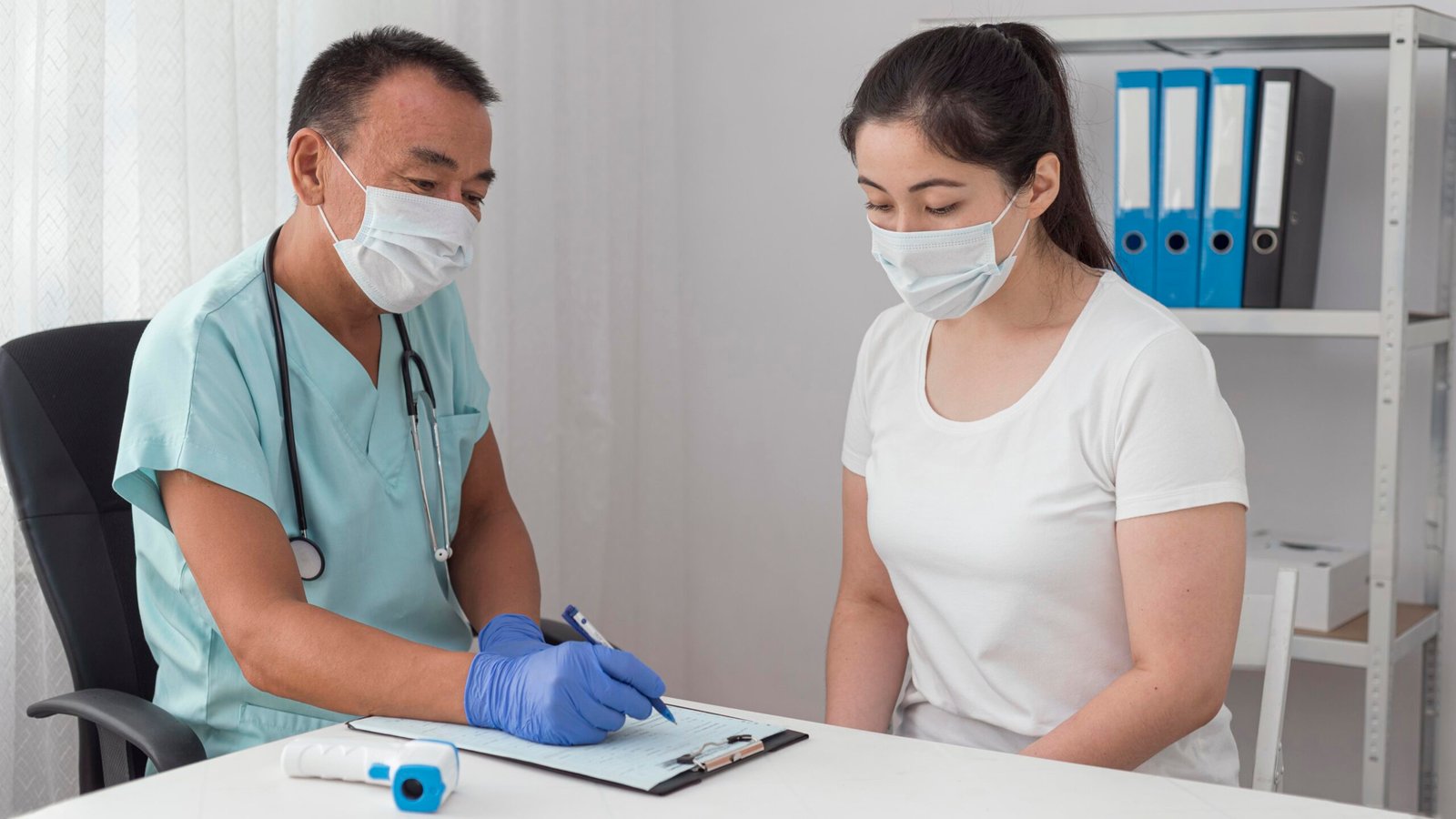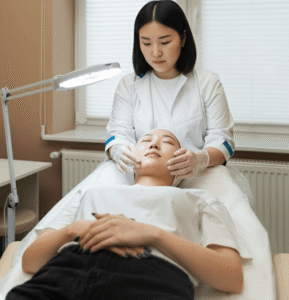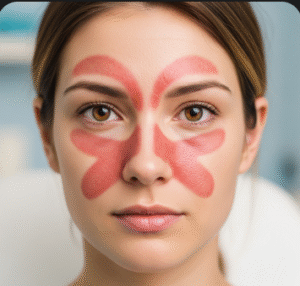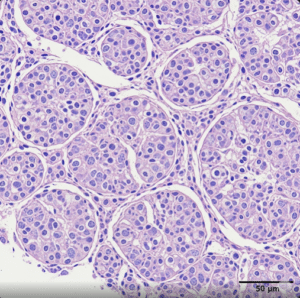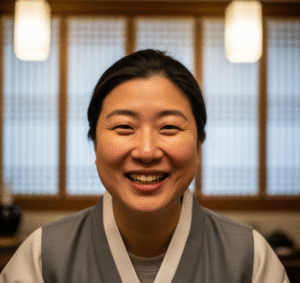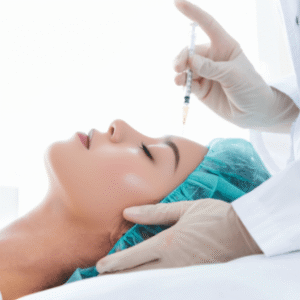Overview
Syringoma is a benign (non-cancerous) skin condition characterized by small, firm, flesh-colored or yellowish bumps. These bumps typically appear around the eyes, upper cheeks, forehead, and sometimes other parts of the body. Syringomas are caused by the overgrowth of sweat gland ducts. Although harmless, they may cause cosmetic concerns.
What is Syringoma?
Syringoma is a benign adnexal tumor originating from the eccrine sweat glands. The lesions usually present as multiple small papules measuring 1–3 mm in diameter. Syringomas are more common in women and often develop during adolescence or early adulthood. The exact cause is unclear but may be associated with genetic factors and hormonal influences.
Symptoms
- Multiple small, firm, skin-colored to yellowish bumps
- Usually asymptomatic (no pain or itching)
- Commonly located on the lower eyelids, cheeks, forehead, neck, and chest
- Lesions grow slowly over time
- Cosmetic concern due to appearance
Causes
- Overgrowth or proliferation of eccrine sweat gland ducts
- Genetic predisposition (familial cases reported)
- Hormonal factors, often appearing around puberty
- Association with certain medical conditions such as Down syndrome or diabetes (rare)
Risk Factors
- Female gender (more common than males)
- Adolescence or early adulthood
- Family history of syringomas
- Certain genetic syndromes (e.g., Down syndrome)
Complications
- Primarily cosmetic; no malignant transformation reported
- Possible emotional or psychological distress due to appearance
- Rarely, lesions can become irritated or inflamed if traumatized
Prevention
- There are no known preventive measures as syringoma is benign and often genetically influenced
- Avoid trauma or excessive rubbing of affected areas
Treatment Options in Korea
South Korea offers advanced dermatological treatments with high standards of cosmetic care.
- Diagnosis
- Clinical examination by a dermatologist
- Dermoscopy for detailed visualization
- Skin biopsy if diagnosis is uncertain
- Treatment Methods
- Laser Therapy:
- CO2 laser or Erbium:YAG laser to remove lesions with minimal scarring
- Commonly performed in cosmetic dermatology clinics in Seoul and other major cities
- Electrocautery or Curettage:
- Destruction or scraping of lesions
- Requires skilled professionals to minimize scarring
- Topical Treatments:
- Limited effectiveness but may include retinoids or chemical peels to improve skin texture
- Cryotherapy:
- Freezing lesions with liquid nitrogen, less commonly used due to risk of pigmentation changes
- Post-Treatment Care
- Sun protection to prevent pigmentation changes
- Moisturizers and gentle skin care
- Follow-up visits to monitor for recurrence

